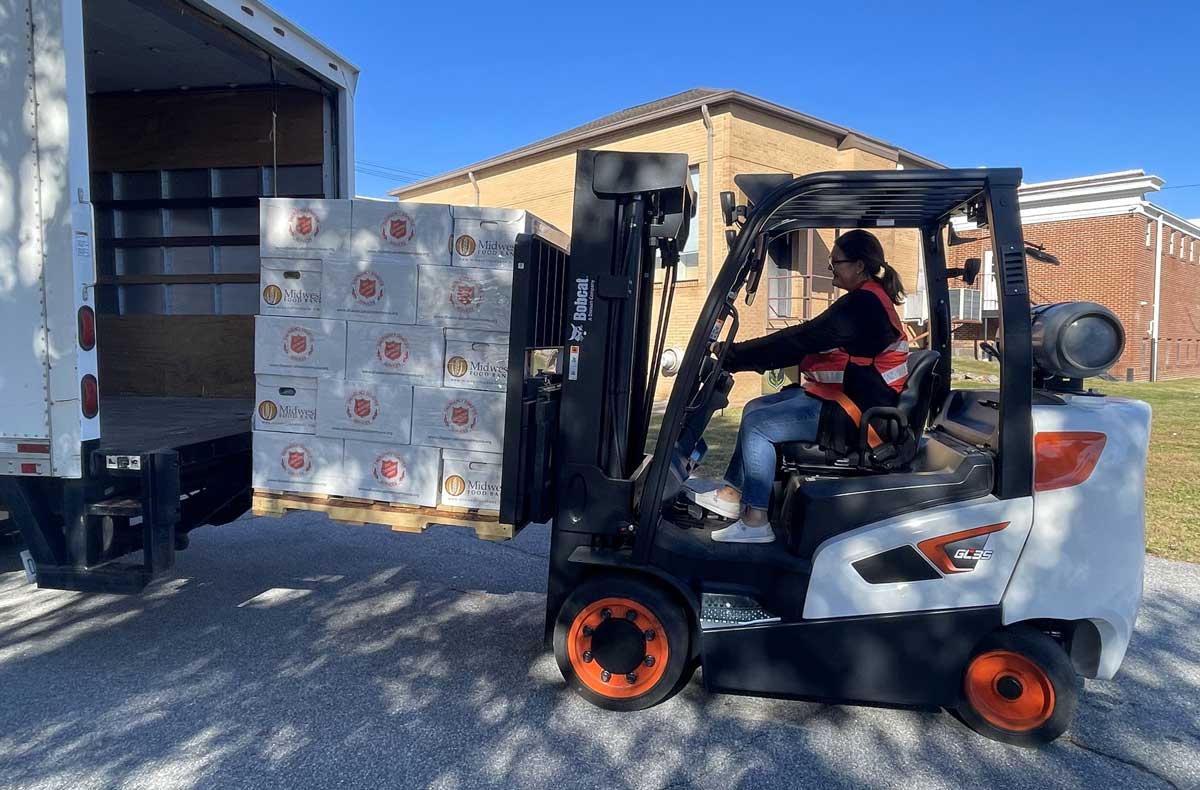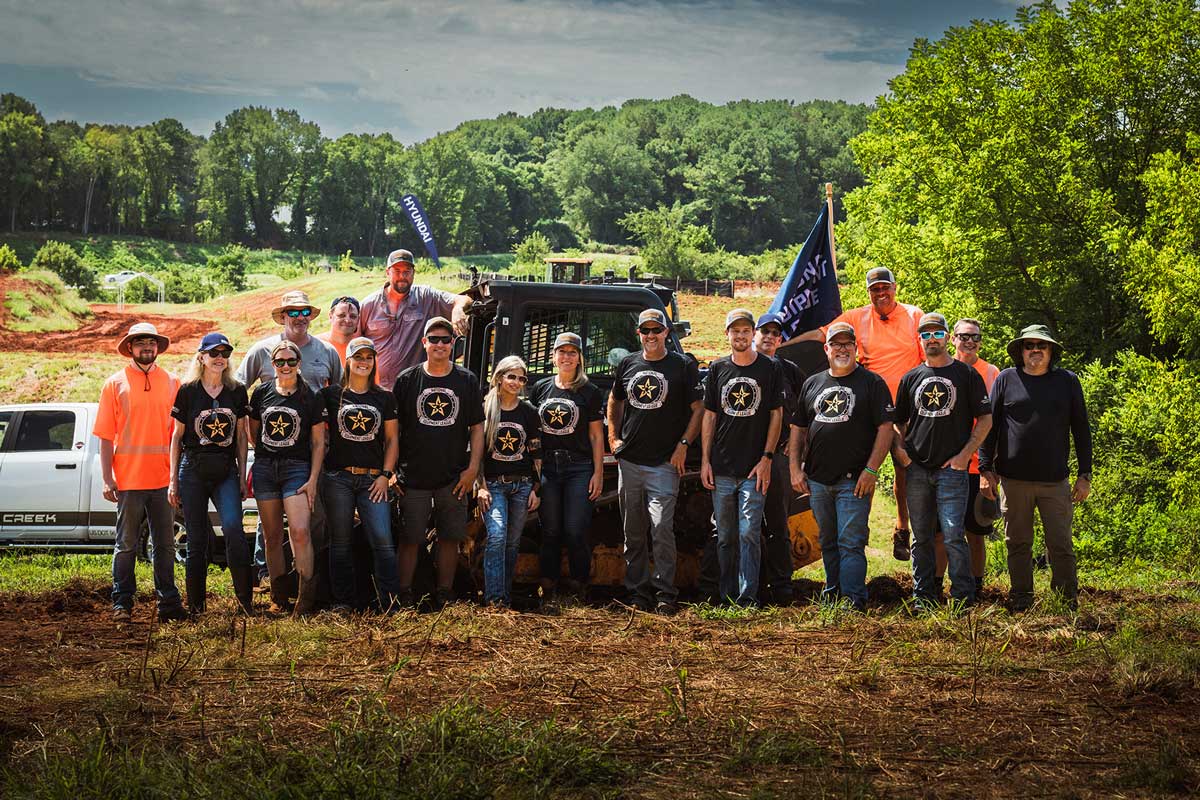Check Out a Handful of Remote-Controlled Equipment Options
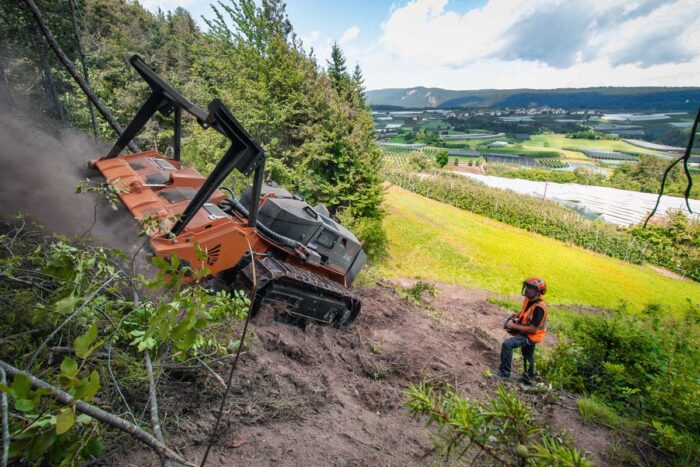
Remote-controlled equipment is gaining momentum — and for good reason. First, there’s the ability to access hard-to-reach spaces that a cabbed machine may not fit into. Then there’s the power to perform certain tasks quicker and with less manpower (a definite plus when labor is hard to come by). Safety is another bonus as the operator isn’t put into an unsafe situation involving hazardous materials or dangerous conditions. Instead, he or she is operating the equipment from a safe distance with great visibility.
“Construction equipment equipped with remote operating systems offers significant benefits that enhance productivity and operational flexibility, increasing overall jobsite efficiency,” says Logan Little, senior product marketing specialist at Bobcat. “Remote operating systems may allow for more precise control, especially in complex or confined spaces where traditional operation might be challenging. Operators can maneuver equipment with greater accuracy, leading to faster and more efficient project completion. In addition, multiple machines can be operated from a single control station, optimizing manpower and reducing labor costs.”
When looking at remote-controlled equipment, there are two types: line of sight (where an operator is near/within range of the machine) and non line of sight (where the machine is operated from afar). This all can be achieved by using a remote control, smartphone or remote operator station. Let’s take a look at some options available.
Bobcat
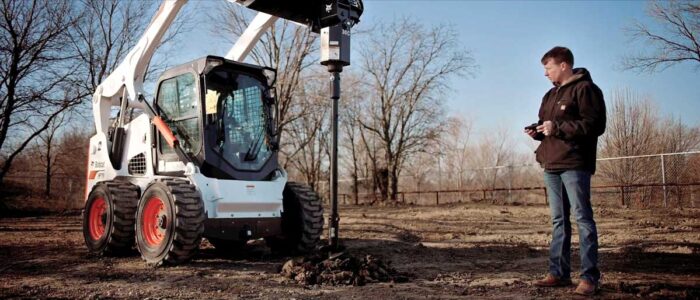
MaxControl — Bobcat’s proprietary remote operation system — allows operators to control their equipment and attachments from outside of the cab using any iOS operating system. Thanks to MaxControl, owners of Bobcat equipment can transform their loaders into remote-control ones through a hardware kit and iOS application. It features easy touch controls that are designed for smartphones — making the use of MaxControl as intuitive as using an app. One of the biggest advantages of MaxControl is that it allows an operator to carry out two jobs at once. For example, an operator can sit in an excavator and use a loader remotely for backfilling.
“MaxControl is particularly helpful for lean crews who may find themselves shorthanded on the jobsite, allowing for quick, two-person jobs to be handled by one operator,” says Little. “Some examples of MaxControl remote-operated capabilities include backfilling, digging, trailer loading, truck loading, rock picking and gate opening.”
Little adds that gate opening is a particularly noteworthy feature on MaxControl for those who work in agricultural or farming operations. Another benefit of MaxControl is the ability to manage multiple machines through the app. According to Bobcat, this allows operators with ultimate control over the jobsite by switching between their machines seamlessly and accomplishing more with less effort.
FAE
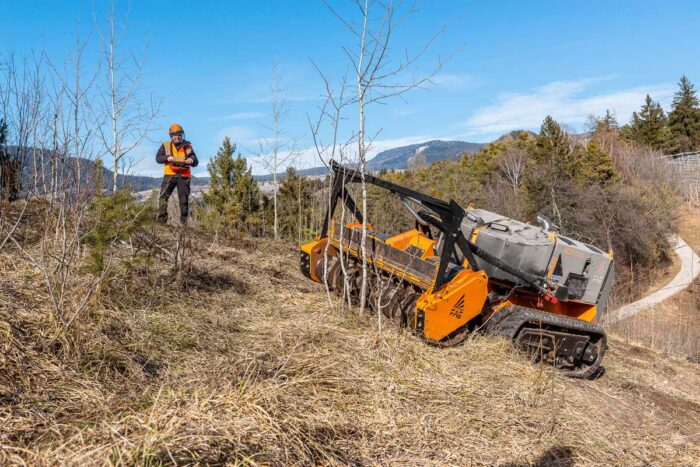
FAE currently offers three remote-controlled tracked carriers — the RCU55, RCU75 and RCU120. Kevin Warstadt, FAE’s marketing communications specialist, says all three models are rated for slopes up to 55 degrees and feature a hydraulic extendable track system for improved stability. These machines excel in hard-to-reach areas or on steeply sloping terrain where operator safety is a concern. They’re efficient in hilly and wooded areas and near railroad tracks, power lines, gas and oil pipelines, gardens, roads, highways, canals, rivers and lakes. Operators control the RCU carriers via a wireless remote that features a large, easy-to-read display, comprehensive control layout and a balanced shoulder strap.
The line also boasts a dual hydrostatic transmission, so the attachment can function without taking power away from the carrier. FAE makes a variety of attachments for its carriers, including forestry mulchers, stump cutters, flail mulchers and road planers — making these carriers a versatile solution for operators in a number of industries.
In June 2025, the company released a SAE universal attachment plate for the RCU75. This new plate not only allows the RCU75 to be equipped with FAE attachments but also with third-party equipment designed for skid steers. The RCU120 can also be outfitted with the SAE attachment plate for additional versatility.
Warstadt further explains the remote-control units are frequently used for fuel reduction in mountainous regions like Northern California and Colorado. They have become popular with fire departments and municipalities because they are easier to transport than larger tool carriers like skid steers and excavators. They also require minimal training.
“It is a great pleasure to see remote-control units being used to protect and improve the lives of people all over the United States, especially for fire departments fighting forest fires in California,” he says. “Often, we see that operators have genuine enthusiasm for these machines and the benefits that they offer. We look forward to seeing all of the good that RCUs can do as the market grows across America.”
Seppi M.
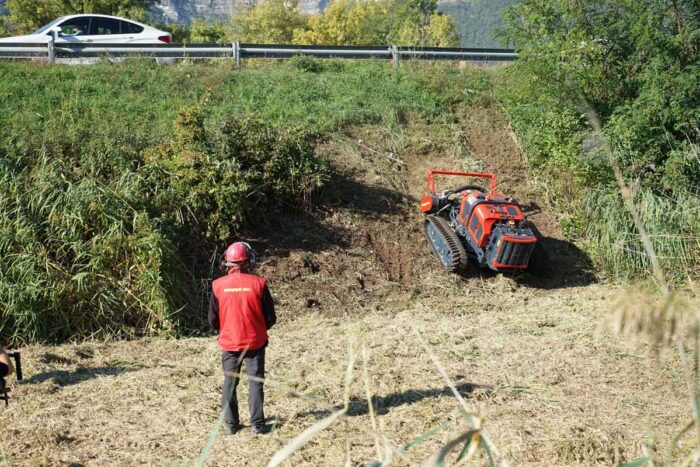
Seppi M.’s Max 50le and Max 75le remote carriers are self-propelled, radio-controlled tracked vehicles that excel in the agricultural, forestry and municipal sectors. The robust machines offer operators an ergonomic design that can tackle the most demanding jobs. Seppi M. offers three attachments for the remote carriers — a mower, mulcher and rock crusher. These attachments, combined with either the Max 50le or Max 75le, enable crews to mulch steep slopes, maintain water channels, clean forests and more.
“Seppi had been making specific attachments for other remote-controlled carriers for years before we built our own,” says Lorenz Seppi, president of Seppi M. “You have to understand the application to optimize weight, center of gravity, ground clearance and so on — and that is exactly what we did. Today, our downsized Microforst rc forestry mulcher beats the competition in its segment. It has brute power and yet is probably the lightest on the market.”
Seppi says both carriers feature automatic track tensioning, hydro-pneumatic (floating) attachment suspension and easy access for maintenance tasks. The machines can manage slopes up to 55 degrees, and their tracks can extend up to 71 in. wide.
“One of the main applications for Seppi carriers is roadside mowing, where these units can reach areas that no tractor or boom mower can reach,” says Seppi. “For example, small, steep green areas between highway intersections, ramps and around bridges. Instead of a crew of a handful of people moving to the site, it can all be done by one operator with a small truck. There is no need for heavy low beds to haul tractors to the jobsite.”
Prinoth
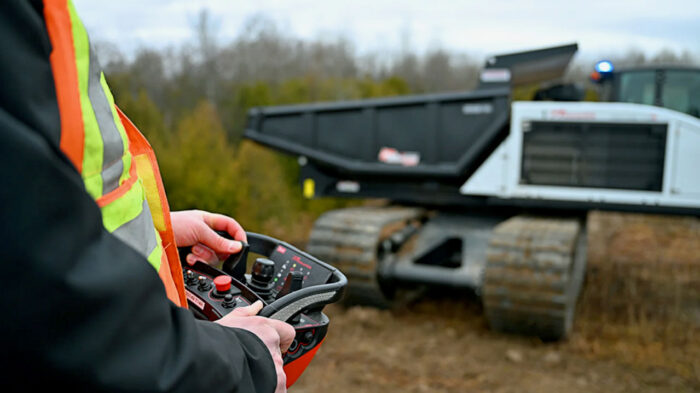
Prinoth’s remote-controlled solution is specifically designed for the company’s Panther crawler carriers and is intended for use within the operator’s line of sight. Mateus Zerbinati, connected services at Prinoth, says this solution is ideal for temporary applications where operator safety is a priority and a concern. For instance, when an operator encounters potentially hazardous conditions, the solution allows them to leave the carrier’s cab and safely control the machine from a distance. Zerbinati shares examples of how the solution is used among Prinoth customers:
“The forestry sector in Japan is utilizing the Panther T8 Forwarder, a specialized crawler carrier designed for logging, which is operated remotely when the vehicle is near steep slopes,” he says. “Using the same technology, the mining industry operates a Panther T16 dumper body for the decommissioning of tailings dams, which requires implementing safety measures due to the unstable terrain. Another example is the use of a Panther T14R in a construction task, where one operator can perform multiple functions. While working from the cab of a hydraulic excavator, the operator can load the crawler carrier, and — without leaving the equipment — can move, unload and return the crawler carrier using a remote-controlled device.”
Prinoth’s remote-controlled solution includes a compact, lightweight handheld console that’s easily portable and ergonomic. Zerbinati says the console offers an extended operating range of up to 100 meters and a long battery life of up to 10 hours on a single charge with dual rechargeable batteries included. An emergency stop function is built in for additional safety. The remote-controlled solution can also be integrated with new and existing Panther vehicles, including the company’s rotating dumpers and bare chassis models. Zerbinati expects the interest in remote-controlled equipment to continue to gain momentum.
“By introducing this technology to the market, we have received inquiries for similar applications in construction and mining,” he says. “Remote control is transitioning from being a nice-to-have feature to an essential capability, as there is a growing need to operate effectively in challenging environments. This shift is vital for enhancing safety and reducing the risk of accidents.”
Cattron
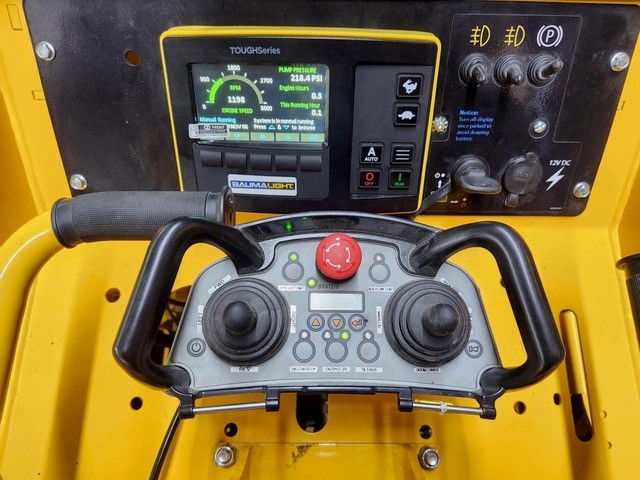
Another remote-controlled option centers on the CattronControl LRC-S1 operator control unit (a compact, bellybox-style radio remote control transmitter) integrated with the DynaGen PRO600 engine controller. Key features of this combination include dual multi-axis joysticks that provide up to four motion controls; a sunlight-readable digital display that shows critical system information; and IP65-rated housing ensuring durability. This offering is compatible with a wide range of commercial engine makes and provides an operational range up to 600 ft. An innovative docking system allows for both cab-mounted and remote operation. Owners and operators can benefit from complete digital monitoring of the machine’s hydraulic system and engine parameters, as well as data logging capabilities for maintenance tracking.
“The system offers unique capabilities for smaller equipment manufacturers, providing sophisticated control features without requiring extensive in-house development resources,” says Shane Samson, market lead — mobile equipment for Cattron. “Cattron’s unique position comes from our integrated approach to equipment control. Rather than treating remote operation as an add-on feature, we combine engine control, machine management and remote operation into a comprehensive system.”
Samson adds that Cattron is also involved in hybrid systems and fully electric systems where radio remote controls may be a requirement.

